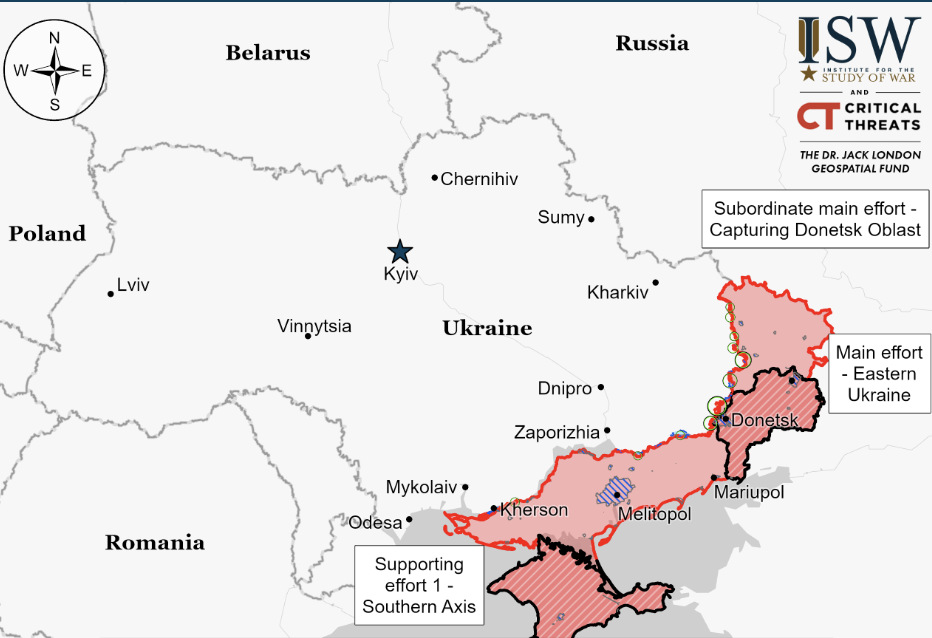Institute for the Study of War: Putin reaffirms original territorial goals in Ukraine
Russian President Vladimir Putin reiterated his commitment to his original war aims from 2021 and 2022 and unwillingness to compromise during an interview with Indian media – likely as part


